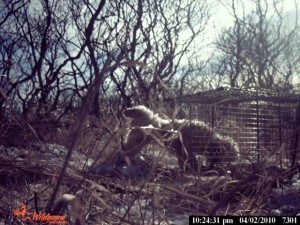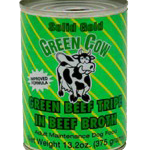Toby is a shy Australian shepherd, spooked by the July 4th fireworks from a house other than his own. He bolted and has not been seen since. He has four of thefive risk factors that will make him an elusive dog to catch. You have enlisted the help of friends and family, not to “search” for Toby; but to help implement the steps of Five Things To Do If You Have Lost Your Dog.
And it worked! You got your first phone call! Time to rush out there with all your friends and bring Toby home! Right? Wrong…. Not so fast. Make sure you read and understand these steps thoroughly BEFORE you get that first sighting call. Because how you handle sightings can mean the difference between a successful recovery, or the failure to capture Toby safely.
Get yourself a small bound notebook to keep all of your sighting information in. This will be your Sighting Journal and you need to have it handy at all times. You never know when  you will need to add to your notes or refer back to them. Just like a good police officer takes notes, so does an effective lost dog owner. Keep a printed map of the area with your sighting journal. Even though you may transfer your map information to Google Maps or Mapquest (more on this later) – it is useful to be able to quickly refer to a map when you are on the phone with a sighting.
you will need to add to your notes or refer back to them. Just like a good police officer takes notes, so does an effective lost dog owner. Keep a printed map of the area with your sighting journal. Even though you may transfer your map information to Google Maps or Mapquest (more on this later) – it is useful to be able to quickly refer to a map when you are on the phone with a sighting.
Make it EASY for people to call you. Answer the phone on the first or second ring. If it has to go to voicemail – change your voice mail message so that the caller knows they have dialed the right number. Dogs lost from shelters, rescues, vet clinics or boarding facilities should not use their regular office line. This is confusing to callers and when the facility is closed, the call will be several hours old before it is received, wasting valuable time. People with sightings will usually only make one attempt to call you – make sure you get that call!
Be prepared to ask the right questions and get the correct information. Many owners get overly excited and in an attempt to rush to the sighting location, they forget to ask important questions. Make sure you get the name and phone number of the caller so that you can call back if you need more details or have forgotten something.
Think of this as an interview, ask questions and listen. Ask the following:
- Where did you see my dog? Ask them to be specific. For example: the dog was going north on Ash Street towards the Bay City Mall. On the other side of the street was Walmart.
- When did you see my dog? Again, ask them to be specific. The dog was seen at 10:00 a.m. on Monday, July 7th.
- What was the weather like when you saw my dog?
- Can you describe my dog?
- What was he doing? Was he trotting, running, darting in and out, sleeping, playing with other dogs, walking, etc?
- Was he wearing a collar? What color is the collar? Did he seem okay?
- How was he carrying his body and tail? Was he low to the ground – almost like crawling? Was his tail up or down? Was it wagging?
- Thank the caller and ask if it is okay if you call them back if you think of something else.
After each sighting – post it on the map. These sightings will help determine where to continue to pass out flyers and post signs; set up a feeding station and trail camera; and possibly set a trap.
You NEVER want to disclose a sighting location publicly – on a Facebook page, in a blog, or to the media. Keep the location confidential because wanna-be heroes, reward seekers, and curious people can derail your plans very fast. Then you will be picking up and starting all over again. It is very frustrating and easier to avoid problems by keeping the details confidential.
Next, you want to visit the location. But again, preparation is everything. Make sure you take everything with you that you need including:
- Your sighting journal
- Your cell phone (set to vibrate only)
- A stack of flyers
- Smelly food (small cans or containers of pop-top cat or dog food work great) Do not use dry kibble. It doesn’t have enough odor.
- Water jug and a small bowl for water
- Familiar scented articles (your dirty sock)
- Smelly dog treats that you can put in your pocket
- A leash and collar
- A trail camera and supplies if you have one already (more on this in a future article)
When you arrive at the location, don’t slam the car door! Stay calm, if your dog feels your nervous energy, he may take off again. Make sure that if you have a helper with you, they also understand how important this is. It is your job as the owner, to keep control of the situation and to keep your emotions in check.
Never have a large group convene at a sighting location. You may need friends to help you deliver more flyers shortly – but have everyone meet at a coffee shop or other location, away from the sighting.
IF you see your dog – possible, but not probable: sit or lay down on the ground by yourself and scatter tasty treats around you and WAIT quietly. It may take minutes or hours for the dog to creep towards you. You have to be patient. Any sudden moves will very likely send him fleeing again.
If you don’t see your dog – (very likely), don’t waste time driving around looking for him. Open a small can of cat or dog food and put it in a safe location away from the road. In hot weather, also put a bowl of water nearby. Then immediately begin to go door to door and flyer – speaking with everyone. If one person saw your dog, it is very likely that somebody else did also, and you may get some more information. Don’t just put these flyers in the newspaper boxes. Knock on every door and talk to someone.
If no one is home – leave a flyer at the door that you have written on: SEEN! 10 a.m. July 7th “right across the street” or “corner of this block” or “edge of your property”. This will give the homeowner the sense of urgency that your dog is very close. Or course, your flyers have already been printed with the words, “Do Not Chase or Call” on it, right? And you aren’t offering a reward, right? Both of these steps are very important for the shy dog or the dog that has been lost from a stressful situation because the LAST thing you want people to do is to chase your dog out of the area in their attempt to catch them.
Before you leave a sighting location, check back on the food and water you have left. Has it been touched? If not, you are going to set up a feeding station: a fancy name for a blob of smelly food on the ground and a bowl of water. Try to replenish this twice a day. If your dog has been in the area once, it is very likely he will return and you want to encourage him to stay in one area. Leave just a small quantity, it should be enough to keep the dog from leaving the area, but don’t overfeed him! You want him to visit the feeding station regularly.
Pat yourself on the back and go home and write more notes. Transfer your sighting to an online map and rest. You have done a good job with your first sighting and now you have a point of reference to start from.
Next, we will talk about monitoring your feeding station effectively. Part 6

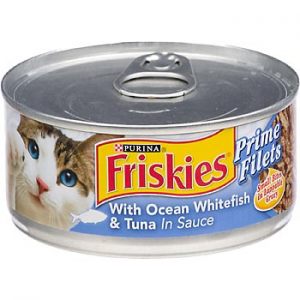
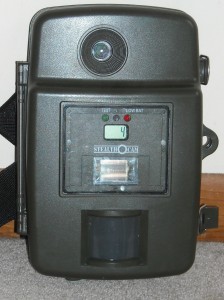

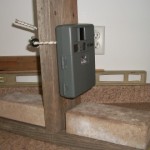

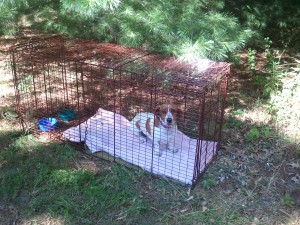
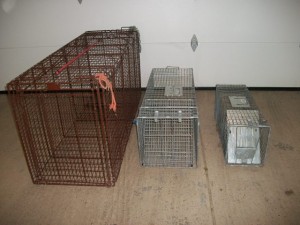
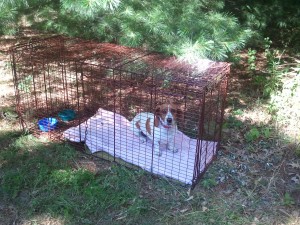
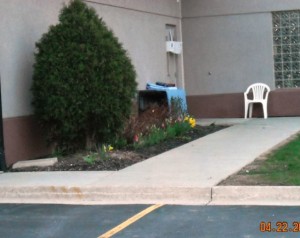
![covered-trap[1]](https://www.lostdogsillinois.org/wp-content/uploads/2012/07/covered-trap11-300x225.jpg)
